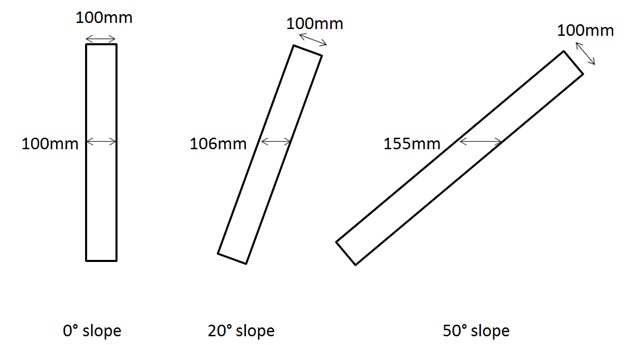Vrenn
Platinum Member
- Feb 24, 2021
- 7,891
- 4,206
- 938
It's funny just how close both of these tanks ended up being equal to each other from start to finish and where their roots came from.
The M-4 came along first. Before the US entered into WWII, the US provided the Brits with a squadron of brand new M-4s for a push in North Africa. The Italian tanks were no match and for the first time, the Axis was routed. The Panzer IVs were even matched. Not bad for 1941. Until the introduction of the T-34, the M-4 was the best light and medium tank in the world. But neither were head to head matched to either the Panther or the King Tiger. But both were sent to fight in large numbers with large losses against them anyway winning by attrition.
Contrary to popular beliefs, the Panther and Tigers were late arrivals to WWII and probably had little to do with the outcome so I won't spend a lot of time on those two. The Panther is a Heavy Tank coming into service in 1943 but it was constantly being disrupted by enemy bombing. The Tiger was introduced in time for Leningrad but it had transmission problems and were very easy to defend against. But the Tiger I was formidible when it was operational against any tank other than the M-26. The KIng Tiger was just too much too late and it was over engineered.
Believe it or not, the M-4, the BT and the T-34 comes from the same drawing board. But not the track system. The BT and the T-34 track system were smuggled out of the US in 1931 shipped to the Soviet Union labeled as Farm Equipment. The M-4 Sherman inherited it's drive from the M-3.
The T-34 was a direct descendent of the A-30 from the BT line. The BT line was discontinued when it morphed into the T-34 in 1939. Basically, the T-34 was the BT drive with the A-30 turrent.
It wasn't just the T-34 that got that drive design, even the British Challenger got it as well. Just nothing the US was using at the time.
LIke the M-4 being converted into the Tank KIller in 1942 , the T-34 was given an 85mm cannon and called the T-34/85 Tank Killer in 1944.
Both were mass produced and regunned over and over. The stories you keep hearing almost always are about how they faced outgunned tigers and panthers. But normally, they faced the Panzer IVs and IIIs where they could more than hold their own. But you will find that every regunning of the T-34 was directly taken from a previous successful regunning of the venerable M-4 Patton.
The M-4 came along first. Before the US entered into WWII, the US provided the Brits with a squadron of brand new M-4s for a push in North Africa. The Italian tanks were no match and for the first time, the Axis was routed. The Panzer IVs were even matched. Not bad for 1941. Until the introduction of the T-34, the M-4 was the best light and medium tank in the world. But neither were head to head matched to either the Panther or the King Tiger. But both were sent to fight in large numbers with large losses against them anyway winning by attrition.
Contrary to popular beliefs, the Panther and Tigers were late arrivals to WWII and probably had little to do with the outcome so I won't spend a lot of time on those two. The Panther is a Heavy Tank coming into service in 1943 but it was constantly being disrupted by enemy bombing. The Tiger was introduced in time for Leningrad but it had transmission problems and were very easy to defend against. But the Tiger I was formidible when it was operational against any tank other than the M-26. The KIng Tiger was just too much too late and it was over engineered.
Believe it or not, the M-4, the BT and the T-34 comes from the same drawing board. But not the track system. The BT and the T-34 track system were smuggled out of the US in 1931 shipped to the Soviet Union labeled as Farm Equipment. The M-4 Sherman inherited it's drive from the M-3.
The T-34 was a direct descendent of the A-30 from the BT line. The BT line was discontinued when it morphed into the T-34 in 1939. Basically, the T-34 was the BT drive with the A-30 turrent.
It wasn't just the T-34 that got that drive design, even the British Challenger got it as well. Just nothing the US was using at the time.
LIke the M-4 being converted into the Tank KIller in 1942 , the T-34 was given an 85mm cannon and called the T-34/85 Tank Killer in 1944.
Both were mass produced and regunned over and over. The stories you keep hearing almost always are about how they faced outgunned tigers and panthers. But normally, they faced the Panzer IVs and IIIs where they could more than hold their own. But you will find that every regunning of the T-34 was directly taken from a previous successful regunning of the venerable M-4 Patton.

